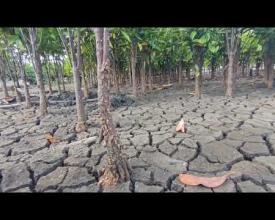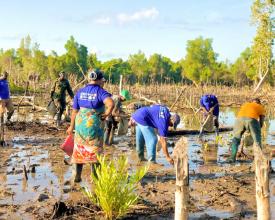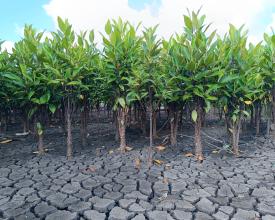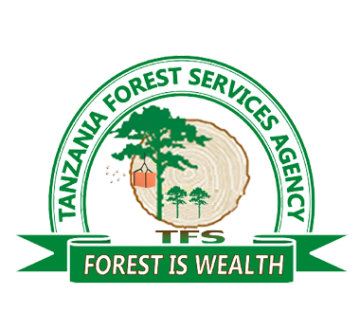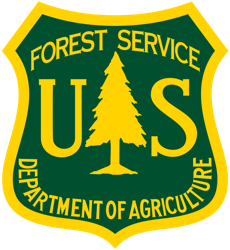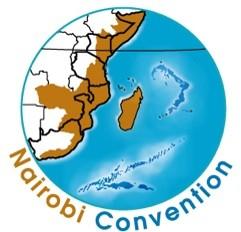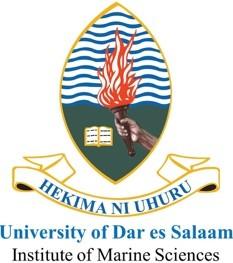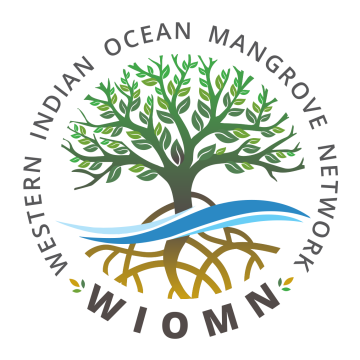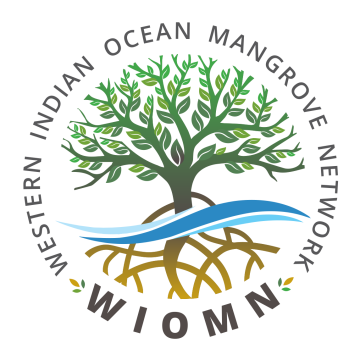
Preserving the Pulse of the Delta: Rufiji’s Community-Led Initiative to Safeguard Mangrove Ecosystems

In Tanzania’s Rufiji Delta, mangroves cover over 53,000 hectares and sustain thousands of people with food, fuel, timber, and coastal protection. Yet, heavy dependence on these forests and weak enforcement of regulations have caused widespread degradation. To address this, communities in Nyamisati, Kiomboni, Mfisini, and Mchinga established the Salale Collaborative Mangrove Management Area under a Participatory Forest Management approach. This grassroots solution empowers local people to co-manage resources, strengthening governance, stewardship, and resilience. With support from partners such as USAID, UNEP, and the Nairobi Convention, communities have restored 10 hectares of mangroves and are actively involved in conservation planning. The initiative addresses habitat loss, livelihood insecurity, and climate threats by ensuring that local stakeholders are at the center of decision-making. The result is both ecological recovery and improved livelihoods, proving that community-led action can safeguard vital ecosystems.
Impacts
The Salale Collaborative Mangrove Management Area in Tanzania’s Rufiji Delta has generated measurable environmental, social, and economic benefits. Environmentally, protection now covers 53,255 hectares of mangroves, nearly half of the country’s total, while 10 hectares of degraded forest have been replanted, strengthening shoreline stability, carbon storage, and biodiversity. Socially, over 800 community members from Nyamisati, Kiomboni, Mfisini, and Mchinga are directly engaged in management, gaining training in sustainable harvesting, nursery development, and monitoring. Women and youth, once marginalized, now play active roles in governance, improving equity and cohesion. Economically, more than 200 small-scale fishers report improved catches in restored areas, while reduced pressure on mangrove harvesting has enabled diversification into activities such as honey production and eco-tourism. Together, these outcomes show that community-led stewardship can restore ecosystems while sustaining livelihoods.
